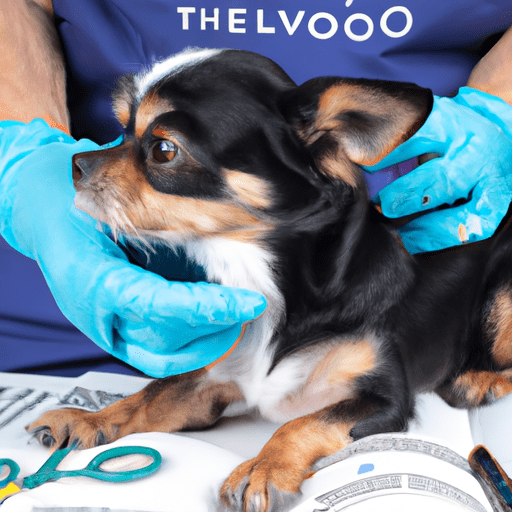As a caregiver, it’s essential that you’re equipped to handle all aspects of your canine companion’s health. One issue that can often go overlooked is the maintenance and care of your dog’s anal glands. In this guide, we’ll walk through the steps to keep your dog healthy and happy.
H2 Understanding Your Dog’s Anal Glands
Your dog’s anal glands, also known as anal sacs, are small pouches located on either side of their anus. They produce a smelly, oily substance that dogs use to mark their territory.
- Why do dogs have anal glands? They have a practical function: they help lubricate the anus for smooth defecation.
- What happens when they malfunction? Anal glands can become blocked or infected, causing discomfort and health issues for your dog.
H2 Spotting Anal Gland Problems
Your dog can’t tell you when something is wrong, so it’s up to you to spot the signs. If your dog is scooting their rear on the floor, licking or biting at their anus, or has a foul smell coming from their rear end, it could be a sign of anal gland issues.
- Scooting: Dogs may drag their bottom across the floor to attempt to relieve discomfort.
- Licking or biting: Excessive licking or biting around the anus is another sign.
- Foul smell: An unusually foul smell may indicate infection.
H2 How to Express Your Dog’s Anal Glands
Expressing, or emptying, your dog’s anal glands can help relieve discomfort and prevent more serious health problems. Here’s a step-by-step guide:
- Put on a pair of disposable gloves.
- Lift your dog’s tail.
- Locate the anal glands.
- Gently squeeze the glands.
- Clean up and reward your dog.
Note: Always consult with a vet before attempting this procedure.
| Steps | Detail |
|---|---|
| 1 | Put on a pair of disposable gloves. This process can be messy and smelly. |
| 2 | Lift your dog’s tail. This will expose the anus where the glands are located. |
| 3 | Locate the glands. They’re typically positioned at 4 o’clock and 8 o’clock positions. |
| 4 | Gently squeeze the glands. If you’re unsure, consult a vet or professional groomer. |
| 5 | Clean up and reward your dog. Expressing the glands can be uncomfortable, so reward your dog afterwards. |
H2 When to See a Vet
If you’re uncomfortable expressing your dog’s anal glands, or if you suspect your dog has an infection, it’s time to see the vet. Signs of an infection include:
- Blood in your dog’s stool
- Swelling or redness around the anus
- Difficulty defecating
H2 Preventing Future Anal Gland Problems
Prevention is always better than cure. Here are some tips to help prevent future anal gland problems:
- Feed your dog a high-fiber diet.
- Regular exercise can help keep your dog’s anal glands healthy.
- Regular vet checks.
FAQ Section
Q1: How often should I express my dog’s anal glands?
A: It varies based on the dog, but usually once a month is a good rule of thumb.
Q2: Can anal gland problems be serious?
A: Yes, if left untreated, anal gland issues can lead to serious infections.
Q3: Can I prevent anal gland problems?
A: Yes, a high-fiber diet and regular exercise can help.
Q4: Is expressing my dog’s anal glands painful for them?
A: It can be uncomfortable, but should not be painful. If your dog seems to be in pain, see a vet.



